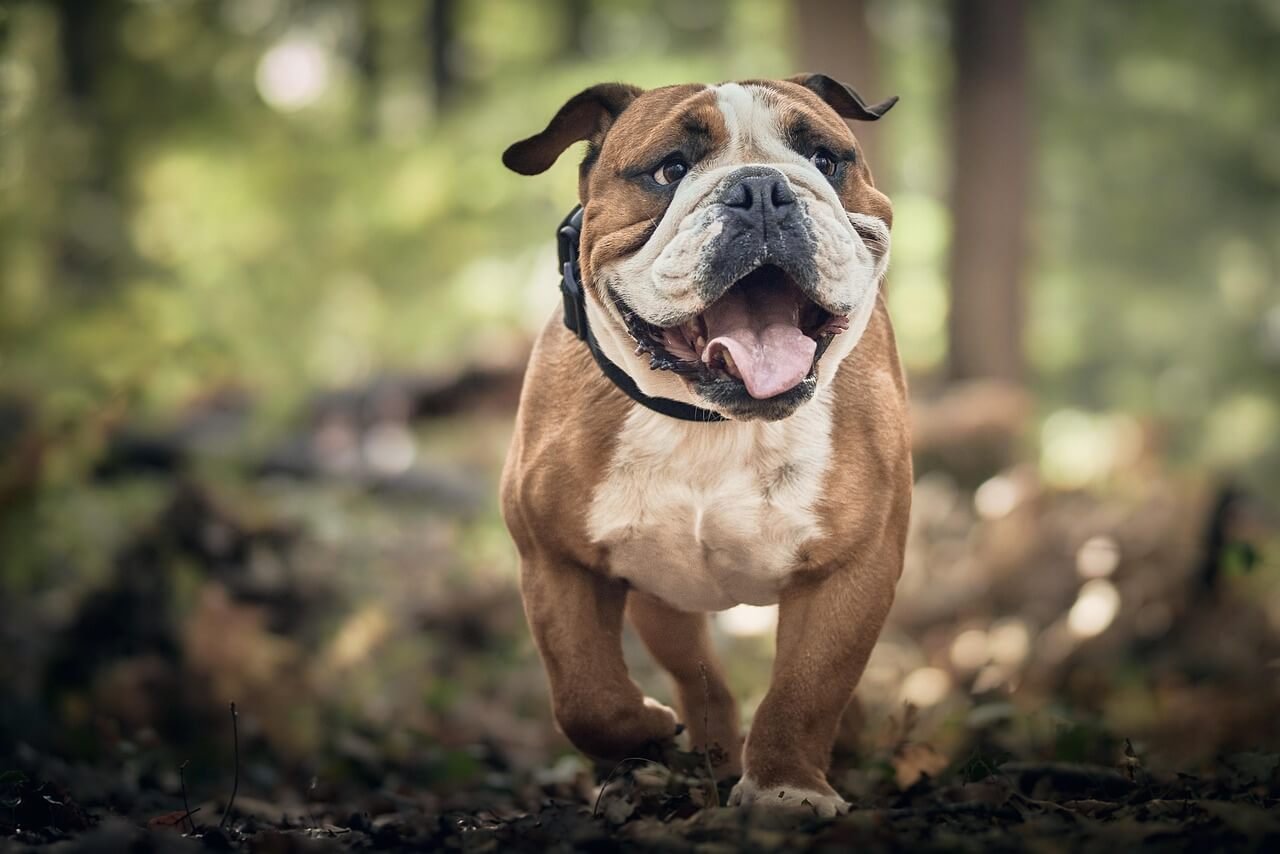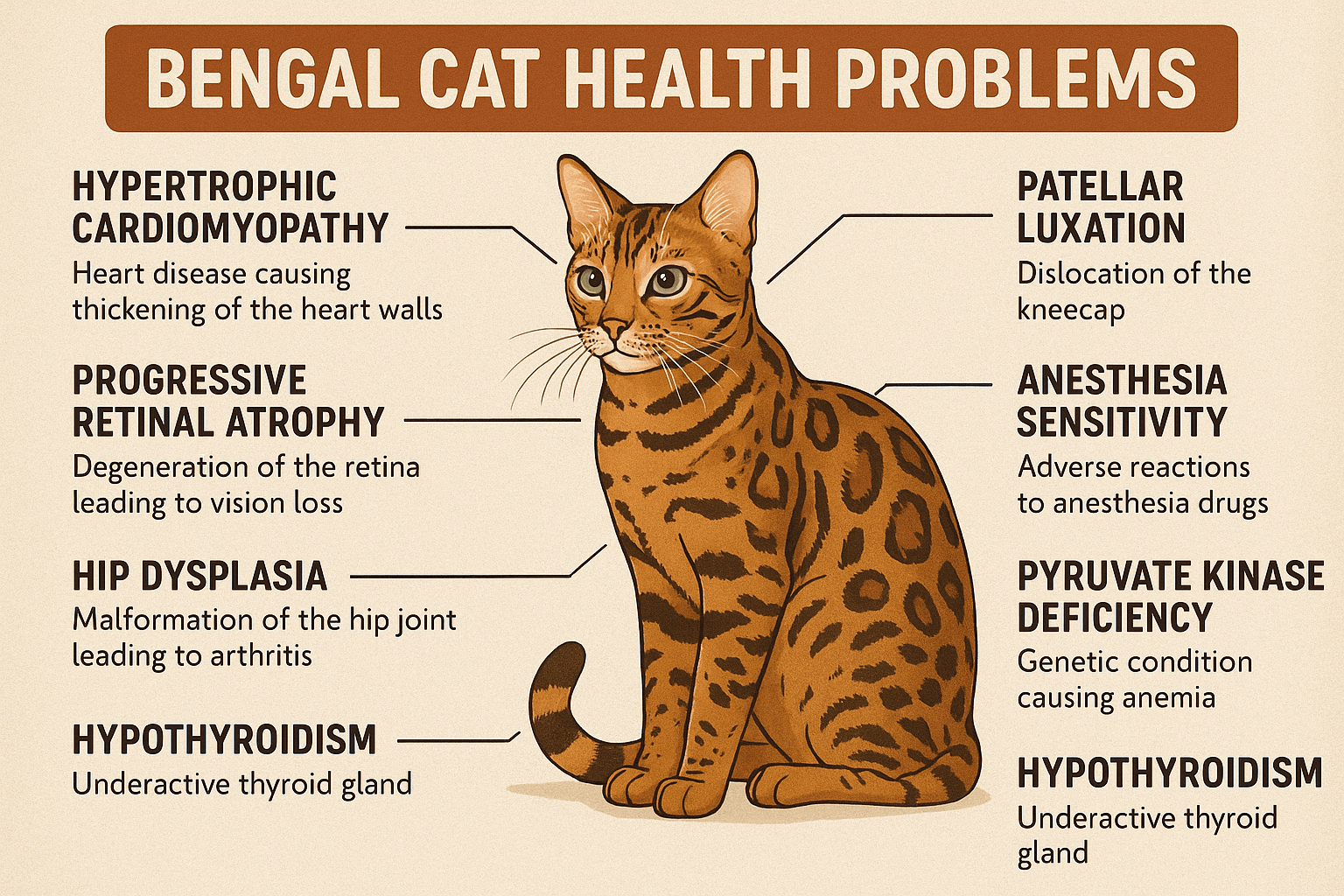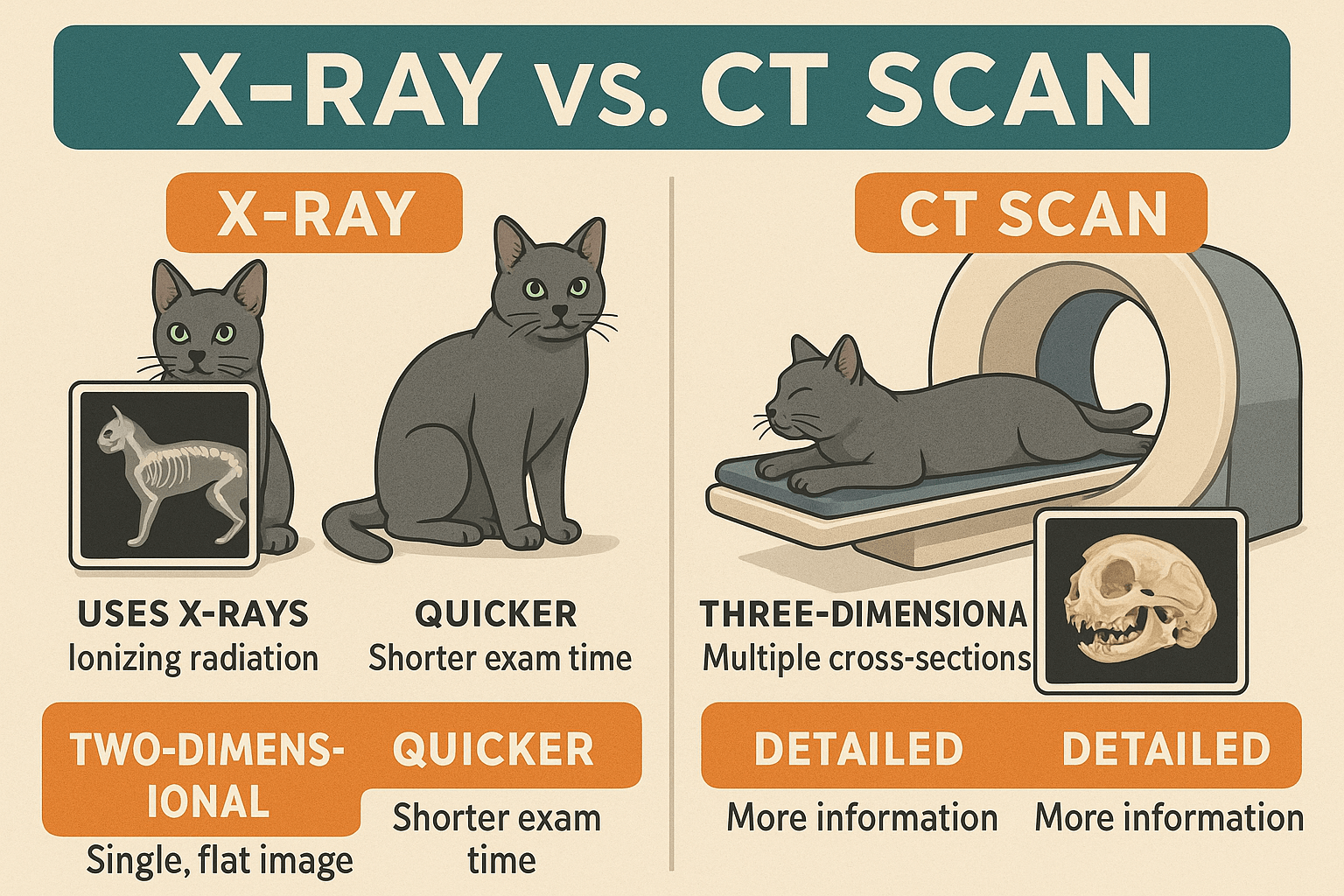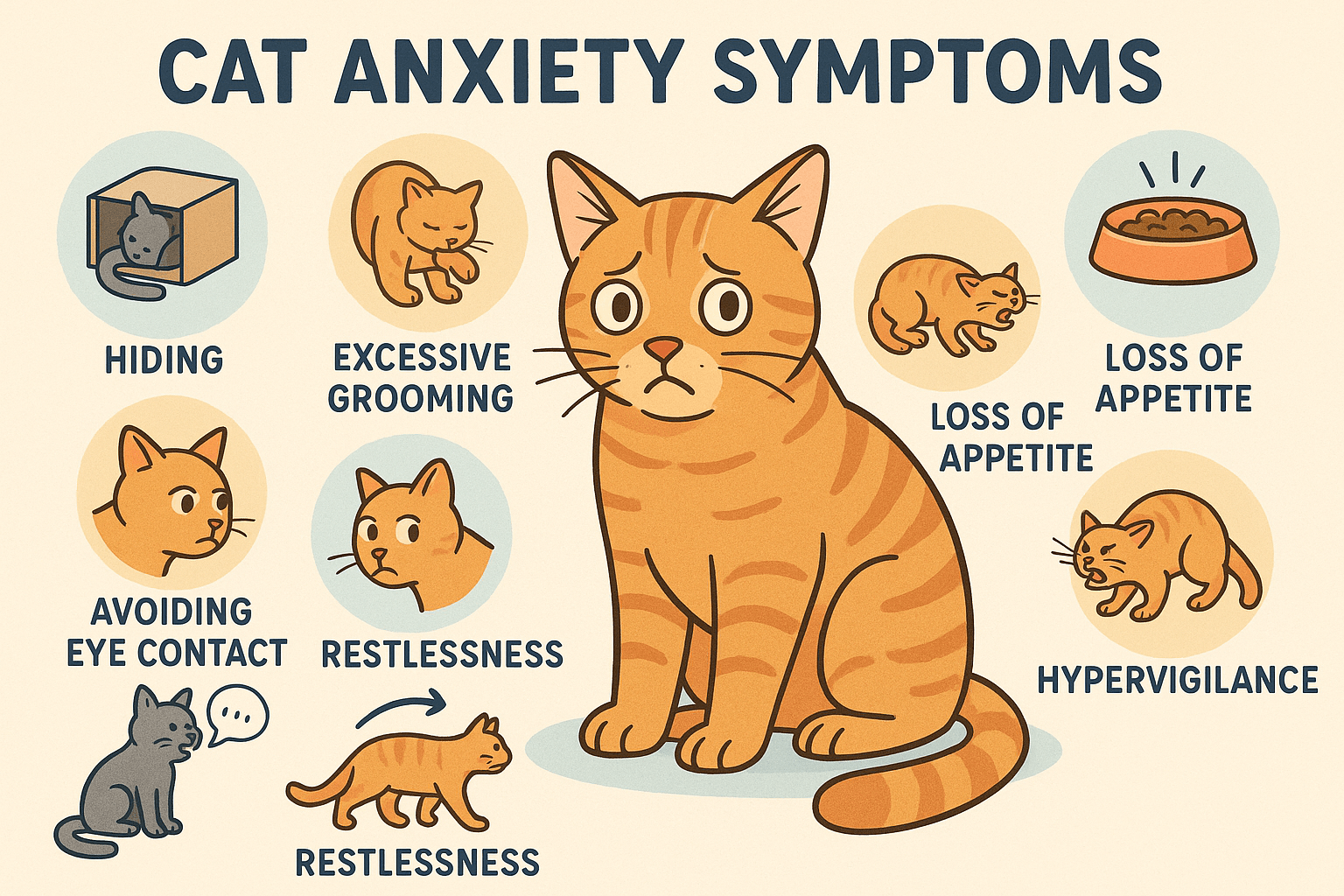Why Does My Dog Roll in the Grass? Unraveling the Mystery
Dogs are known for their quirky behaviors, and one of the most common yet puzzling habits is rolling in the grass. Whether it’s a lush green lawn or a patch of wildflowers, many dogs seem irresistibly drawn to this activity. But why do they do it? Is it purely instinctual, or is there more to it? This blog post dives into the fascinating world of canine behavior to uncover the reasons behind this delightful yet sometimes messy habit. By understanding why your furry friend loves to roll around, you can better connect with them and even address any concerns this behavior might raise.
The Instinctual Connection: A Look Back at Canine Ancestors
Dogs have evolved over thousands of years, but many of their behaviors still reflect their wild ancestry. Rolling in the grass is no exception. Here’s how this behavior ties back to their roots:
- Camouflage and Scent Masking : In the wild, wolves and other canines would roll in strong-smelling substances like dirt, leaves, or even carcasses to mask their scent from prey.
- Social Communication : Dogs use scents as a primary way to communicate with each other. Rolling in grass may help them pick up interesting smells to share with their pack.
- Territorial Marking : By rubbing their bodies on the ground, dogs might be leaving their scent behind as a way to mark territory.
- Exploration of the Environment : Rolling allows dogs to interact physically with their surroundings, engaging all their senses.
- Comfort and Enjoyment : Sometimes, it’s simply about feeling good—grass can provide a cool, soft surface that feels great against their fur.
While our domesticated companions may not need to hunt or hide from predators, these instincts remain deeply ingrained in their DNA. Understanding this connection helps us appreciate why rolling in the grass feels so natural to them.
The Role of Smell: Why Scents Matter to Your Dog
A dog’s sense of smell is far superior to ours, and this plays a significant role in their love for rolling in the grass. Let’s explore how scents influence this behavior:
- Heightened Olfactory Abilities : Dogs have up to 300 million olfactory receptors compared to humans’ mere 5-6 million, making scent exploration incredibly important to them.
- Attraction to Strong Odors : Certain plants, flowers, or even animal droppings found in grassy areas emit strong odors that intrigue dogs.
- Scent Memory : Dogs associate specific smells with past experiences, which could make certain patches of grass particularly appealing.
- Marking Emotional States : Some experts believe that rolling in specific scents helps dogs process emotions or relieve stress.
- Curiosity and Playfulness : For many dogs, investigating new smells through rolling is part of playful discovery.
The next time you see your dog happily wriggling in the grass, remember that they’re not just having fun—they’re also indulging their powerful sense of smell. This behavior is a reminder of how uniquely attuned dogs are to the world around them.
Expert Opinion: Insights from a Canine Behavior Specialist
Renowned dog behaviorist Dr. Sarah Thompson explains, “Rolling in the grass is a multifaceted behavior rooted in a dog’s sensory exploration and ancestral instincts. It’s their way of interacting with the world, much like how humans use touch or sight to understand their environment.” This highlights the depth of this seemingly simple act.
Check this guide 👉 Why Does My Dog Follow Me Everywhere? Best 7 Expert Tips!
Check this guide 👉 Why Is My Dog Barking at Nothing? Best 7 Expert Tips!
Check this guide 👉 Why Do Dogs Sleep on Their Backs? Best 7 Expert Tips!
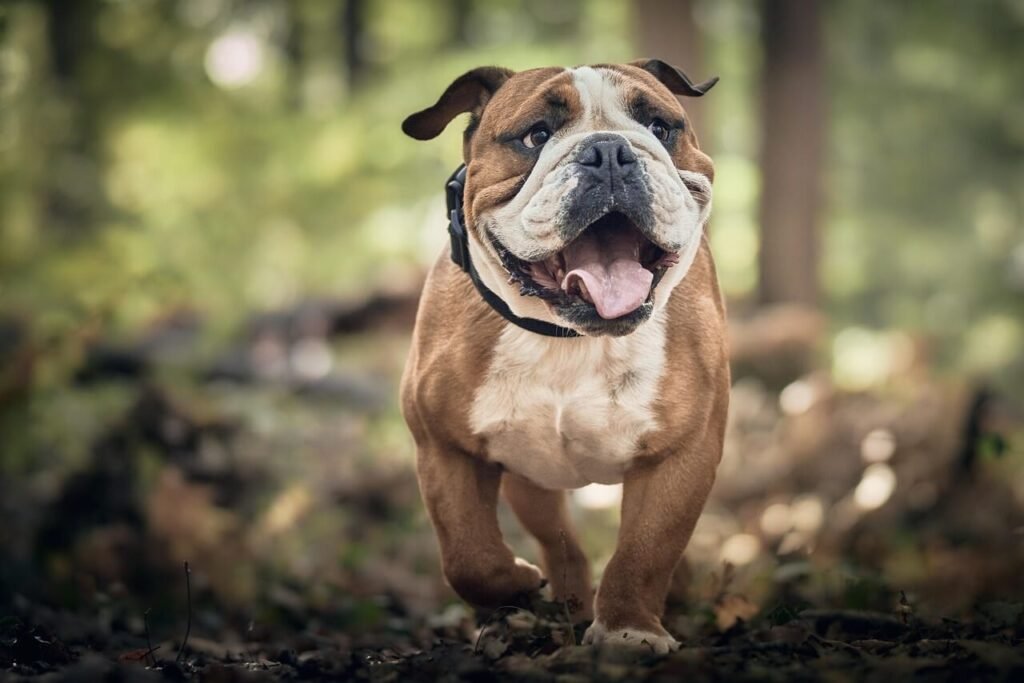
Reasons Dogs Roll in Grass | Possible Benefits for Your Dog |
|---|---|
Camouflaging their natural scent | Helps them feel connected to nature |
Exploring new smells | Stimulates their keen sense of smell |
Marking territory | Reinforces social bonds within packs |
Cooling down on hot days | Provides relief from heat |
Expressing happiness or excitement | Boosts mental well-being |
Health Considerations: Is Rolling in Grass Safe?
While rolling in the grass is generally harmless, there are a few health considerations every pet owner should keep in mind. Here’s what you need to know:
- Allergies and Irritation : Some dogs may develop skin irritation or allergies from grass, especially if treated with pesticides or fertilizers.
- Parasite Exposure : Grassy areas can harbor fleas, ticks, or worms, increasing the risk of infestations.
- Foreign Objects : Sharp objects like thorns or glass shards hidden in the grass could injure your dog during vigorous rolling.
- Toxic Plants : Certain plants growing alongside grass can be toxic if ingested while rolling.
- Overheating Risk : On sunny days, grass might retain heat, posing a risk of burns or overheating.
Despite these risks, most dogs can safely enjoy rolling in the grass as long as you monitor their environment and check for hazards. Regular grooming and vet visits will also ensure your pup stays healthy and happy.
How to Manage This Behavior: Tips for Pet Owners
If your dog’s grass-rolling habit has become excessive or problematic, don’t worry—there are ways to manage it effectively. Here are some practical tips:
- Supervise Outdoor Time : Keep an eye on where your dog rolls to prevent exposure to harmful substances or objects.
- Provide Alternatives : Offer toys or designated digging/rolling zones to redirect their energy.
- Regular Grooming : Frequent baths and brushing can minimize odor retention after grass-rolling sessions.
- Train Basic Commands : Teaching commands like “leave it” or “come” can help interrupt unwanted rolling behavior.
- Consult a Vet : If the behavior seems compulsive or unusual, seek professional advice to rule out underlying issues.
By taking proactive steps, you can ensure that your dog enjoys their outdoor adventures without compromising their safety or cleanliness.
The Social Aspect of Grass Rolling
Dogs are inherently social animals, and their behavior often reflects their desire to connect with others. Rolling in the grass can serve as a way for dogs to engage with their environment and even communicate with their human or canine companions. Here’s how this behavior ties into their social nature:
- Sharing Scents with Their Pack : Dogs may roll in grass to pick up interesting smells they can later share with their family or pack members.
- Bonding Through Play : Rolling is often accompanied by playful barks or wiggles, signaling an invitation to interact.
- Mimicking Other Dogs : If one dog starts rolling, others nearby might join in, reinforcing group dynamics.
- Seeking Attention : Some dogs roll in the grass specifically to get their owner’s attention, whether for playtime or affection.
- Strengthening Trust : Allowing your dog to roll freely in safe environments builds trust and strengthens your relationship.
While it may seem like a solitary act, grass rolling often has a social component that highlights your dog’s need for connection and interaction.
The Physical Benefits of Rolling
Beyond its instinctual and social aspects, rolling in the grass can also provide physical benefits for your dog. This behavior isn’t just about fun—it can contribute to their overall well-being. Consider these advantages:
- Stretching and Flexibility : The rolling motion helps stretch muscles and joints, promoting mobility.
- Relieving Itchiness : Rubbing against grass can soothe irritated skin or help dislodge loose fur.
- Cooling Down : On warm days, grass provides a refreshing surface that helps regulate body temperature.
- Massaging Pressure Points : The uneven texture of grass can stimulate pressure points, offering a natural massage.
- Encouraging Exercise : Rolling often leads to bursts of running or playing, contributing to daily activity levels.
By allowing your dog to roll in the grass, you’re supporting both their physical health and their natural instincts—a win-win for any pet parent.
Emotional Well-Being and Stress Relief
Rolling in the grass isn’t just a physical activity; it can also have profound effects on your dog’s emotional state. Many dogs use this behavior as a form of self-soothing or stress relief. Here’s how it contributes to their mental health:
- Releasing Pent-Up Energy : Rolling can help burn off excess energy, leaving your dog calmer afterward.
- Alleviating Anxiety : The repetitive motion of rolling can be soothing for anxious or overstimulated dogs.
- Boosting Mood : Engaging with nature through rolling releases endorphins, creating feelings of happiness.
- Providing Mental Stimulation : Exploring new scents and textures keeps your dog mentally engaged.
- Encouraging Independence : Allowing your dog to roll freely fosters confidence and decision-making skills.
This simple yet satisfying behavior shows us that dogs have their own ways of managing emotions and finding joy in the little things.
FAQ
Why does my dog only roll in certain spots?
Dogs are drawn to specific spots based on smell, texture, or temperature. They might prefer areas with interesting scents or cooler surfaces.
Should I stop my dog from rolling in the grass?
Not necessarily. It’s a natural behavior, but supervision is recommended to avoid hazards like parasites or toxic plants.
Can rolling in the grass cause skin problems?
Yes, if the grass contains irritants or allergens. Regular grooming and vet check-ups can help prevent issues.
Do all dogs roll in the grass?
No, it varies by individual. Some dogs love it, while others show little interest.
Is rolling in the grass a sign of boredom?
Not always. While it can indicate a need for stimulation, it’s often driven by instinct or curiosity.
Embracing the Quirks: Celebrating Your Dog’s Unique Personality
Rolling in the grass is just one of the countless ways our dogs express themselves and connect with the world. While it might leave you scratching your head—or reaching for the hose—it’s ultimately a testament to their vibrant spirit and innate curiosity. By understanding the reasons behind this behavior, we can foster a deeper bond with our furry companions and ensure their outdoor escapades remain safe and enjoyable. So the next time you catch your pup mid-roll, take a moment to appreciate the joy and wonder they bring into your life. After all, isn’t that what makes owning a dog such a rewarding experience?
High Liver Enzymes in Cats: Best 7 Expert Tips! Discover causes, symptoms, and treatment options for elevated liver enzymes in cats. Learn how to support your cat’s liver health effectively.
Bengal Cat Health Problems: Best 7 Expert Tips! Discover expert advice on common Bengal cat health issues, preventive care, and tips to keep your feline friend healthy and happy for years to come.
X-Ray vs CT Scan for Cats: Best 7 Expert Tips! Discover key differences, benefits, and expert advice on choosing the right imaging method for your cat’s health needs.
Cat Anxiety Symptoms: Best 7 Expert Tips! Discover signs of feline stress, effective calming strategies, and expert advice to help your cat feel safe, happy, and relaxed at home.

